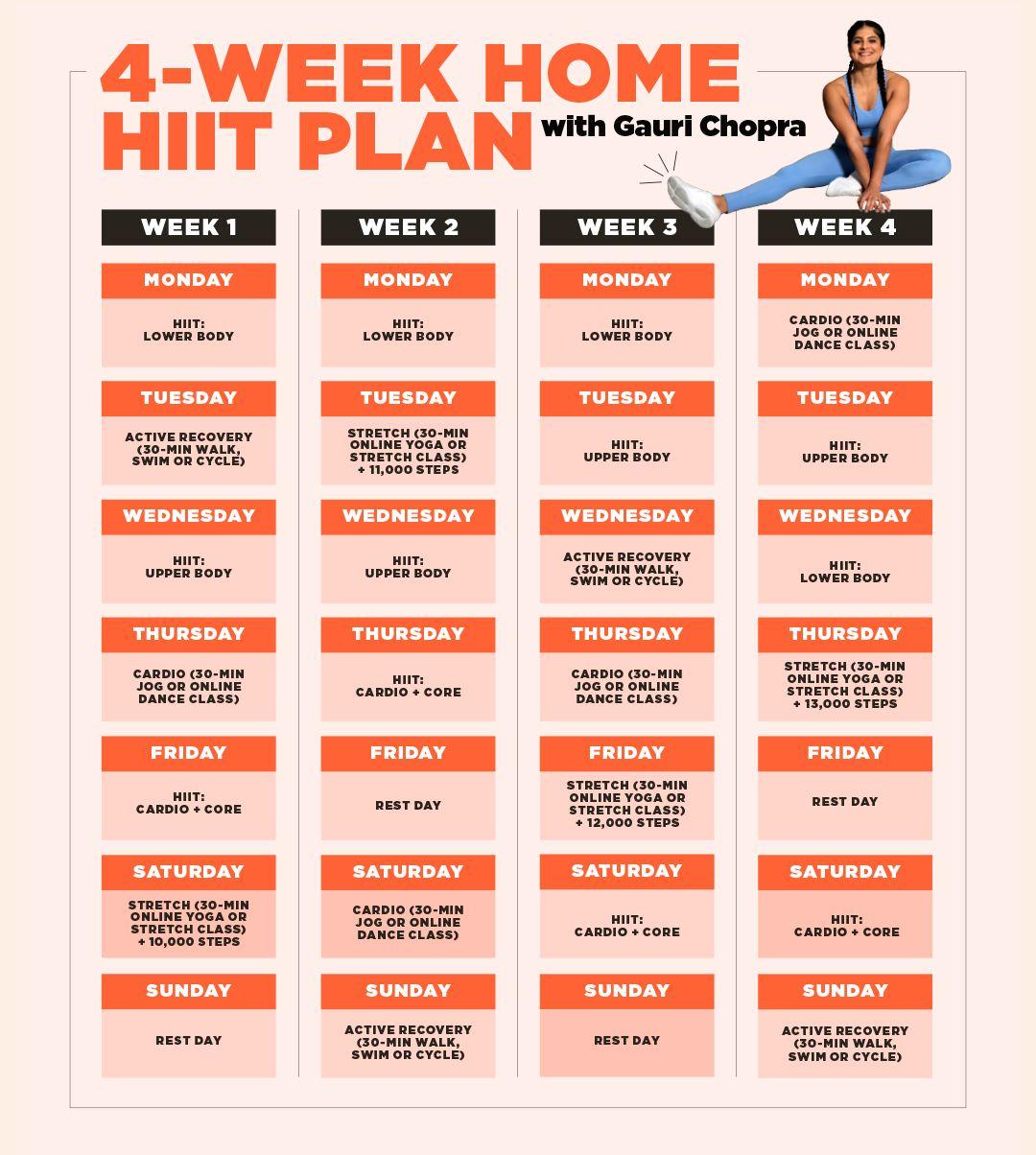Embarking on a journey to achieve maximum fat loss requires more than just determination and a gym membership—it demands a strategic approach to your diet. In a world brimming with conflicting nutritional advice and fleeting fad diets, understanding how to effectively manage your diet is crucial for long-term success. This article will guide you through the essential principles of dietary management, providing you with clear, actionable steps to optimize your nutrition and accelerate fat loss. With the right knowledge and tools at your disposal, you can transform your eating habits and achieve your fitness goals with confidence and efficiency. Let’s delve into the science-backed strategies that will empower you to take control of your diet and unlock your body’s full potential.
Understanding Macronutrients and Their Role in Fat Loss
When it comes to shedding those extra pounds, understanding the role of macronutrients—proteins, carbohydrates, and fats—is crucial for crafting a diet that supports your fat loss goals. Each macronutrient plays a unique role in your body’s metabolism, and striking the right balance can make a significant difference in your results. Proteins are your best friend when aiming for fat loss, as they help build and repair muscle tissue, which in turn boosts your metabolism. Incorporate lean sources of protein like chicken, fish, and legumes into your meals to keep your body in fat-burning mode.
- Proteins: Essential for muscle repair and growth, aiding in increased metabolic rate.
- Carbohydrates: Opt for complex carbs like whole grains and vegetables to provide sustained energy without spiking insulin levels.
- Fats: Focus on healthy fats such as avocados and nuts, which help in hormone regulation and provide satiety.
Carbohydrates are not the enemy, but choosing the right type is key. Focus on complex carbohydrates, such as whole grains and vegetables, which offer a slow and steady release of energy, keeping your insulin levels stable and hunger at bay. Lastly, don’t shy away from fats—but ensure they’re the healthy kind. Monounsaturated and polyunsaturated fats found in avocados, nuts, and olive oil not only aid in hormone regulation but also help you feel full longer, preventing unnecessary snacking. By strategically managing your intake of these macronutrients, you can maximize fat loss while maintaining a healthy, balanced diet.
Crafting a Balanced Meal Plan for Sustainable Results
Creating a meal plan that effectively supports fat loss while ensuring you receive all the necessary nutrients can be challenging yet rewarding. The key is to balance your macronutrients—proteins, carbohydrates, and fats—to maintain energy levels and prevent muscle loss. Start by prioritizing whole foods, such as lean proteins, whole grains, and a variety of colorful fruits and vegetables, which provide essential vitamins and minerals. Aim for a plate composition where half of it is filled with vegetables, a quarter with lean protein, and the remaining quarter with whole grains or complex carbs. This not only helps in controlling portion sizes but also ensures that you’re not skimping on essential nutrients.
- Protein Power: Incorporate sources like chicken, fish, tofu, or legumes to keep you full and aid in muscle repair.
- Carb Control: Opt for slow-digesting carbs like sweet potatoes or quinoa to maintain steady energy levels.
- Healthy Fats: Include avocados, nuts, and olive oil to support hormone balance and satiety.
- Hydration: Drink plenty of water throughout the day to support metabolism and digestion.
Adjusting your meal plan to align with your activity level and specific goals can further enhance results. Remember, consistency and moderation are your allies in achieving sustainable fat loss without feeling deprived.

Incorporating High-Intensity Interval Training to Boost Fat Burning
Integrating high-intensity interval training (HIIT) into your fitness routine can significantly accelerate your journey towards optimal fat loss. This dynamic workout approach alternates between short bursts of intense activity and brief periods of rest or lower-intensity exercises. The magic of HIIT lies in its ability to elevate your heart rate quickly, pushing your body into a fat-burning zone more efficiently than traditional steady-state cardio.
- Maximize Efficiency: A typical HIIT session lasts just 20-30 minutes, making it a time-efficient option for those with busy schedules.
- Increase Post-Workout Burn: Thanks to the EPOC (excess post-exercise oxygen consumption) effect, your body continues to burn calories long after your workout ends.
- Adaptable to Any Fitness Level: Whether you’re a beginner or a seasoned athlete, HIIT can be tailored to suit your fitness level by adjusting the intensity and duration of intervals.
- Boost Metabolism: Regular HIIT sessions can enhance your metabolic rate, which aids in burning fat more effectively throughout the day.
Incorporating HIIT into your regimen requires no fancy equipment and can be performed anywhere, making it an ideal choice for home workouts. Pair this with a balanced diet to see remarkable results in your fat loss journey.

Monitoring Progress and Adjusting Your Diet for Continued Success
Tracking your progress is a crucial part of achieving sustained fat loss, ensuring that your dietary strategies are both effective and adaptable. Start by setting clear, measurable goals and consistently logging your daily food intake. Utilize tools like apps or journals to record not just what you eat, but also your physical activity, mood, and energy levels. This comprehensive data can help identify patterns and inform necessary adjustments.
- Regular Check-Ins: Schedule weekly or bi-weekly reviews of your progress. This is your opportunity to celebrate small victories and address any obstacles.
- Flexible Adjustments: Don’t hesitate to tweak your diet plan if certain strategies aren’t yielding the desired results. Perhaps you need to adjust macronutrient ratios or try new recipes to keep your meals exciting.
- Listen to Your Body: Pay attention to hunger cues, cravings, and overall well-being. If you’re feeling fatigued or unsatisfied, it might be time to adjust portion sizes or nutrient timing.
Remember, consistency is key, but flexibility will allow you to sustain your efforts long-term. Stay informed about your body’s responses and remain open to evolving your approach for continued success.
